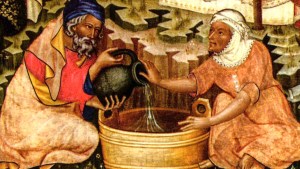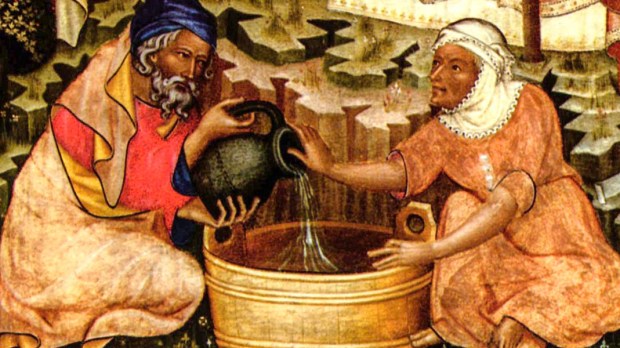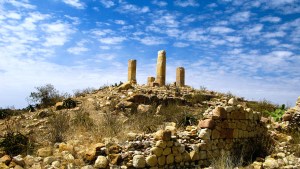Lenten Campaign 2025
This content is free of charge, as are all our articles.
Support us with a donation that is tax-deductible and enable us to continue to reach millions of readers.
As the burial cave dedicated to Mary’s midwife is about to be made accessible to the public, archaeologists have uncovered several artifacts from its courtyard –including an unusually large number of oil lamps, most likely used by pilgrims as they visited the site.
Archaeologist Zvi Firer, from the Israeli Antiquities Authority, told The Times of Israel that the tomb of Mary’s midwife is in fact a centuries-old Christian pilgrimage site. “According to a Christian tradition, Salome was the midwife from Bethlehem, who was called to participate in the birth of Jesus,” Firer explained. “She could not believe that she was asked to deliver a virgin’s baby, and her hand became dry and was only healed when she held the baby’s cradle.”
The burial cave, which is in central Israel, was discovered back in 1982 by looters. It only drew professional attention two years later when the late Professor Amos Kloner made a proper archaeological excavation. But even if this later dig proved the place had been used as a sacred Christian site, it was never opened to the public. Until now.
The article published by The Times of Israel says that, for the past two months, “archaeologists have excavated an elaborate courtyard of 350 square meters at the entrance to the cave, filled with intricate stone carvings, soaring arches, a mosaic floor, and the remains of a shop where pilgrims may have rented oil lamps to light their way inside the cave for their prayers” — very much as contemporary Christians light candles as they visit a church.
The Tomb of Salome(that’s the name Christian tradition has given to the woman who helped Mary during labor, as read in the Protoevangelium of James) was likely a Jewish burial cave for a wealthy family, which was later transformed into a a Christian holy site. Archaeological research has managed to date the first room of the burial cave to the Second Temple period, which stretches from the 6th century BC to 70 AD, with stone boxes that reflect a Jewish burial custom.



